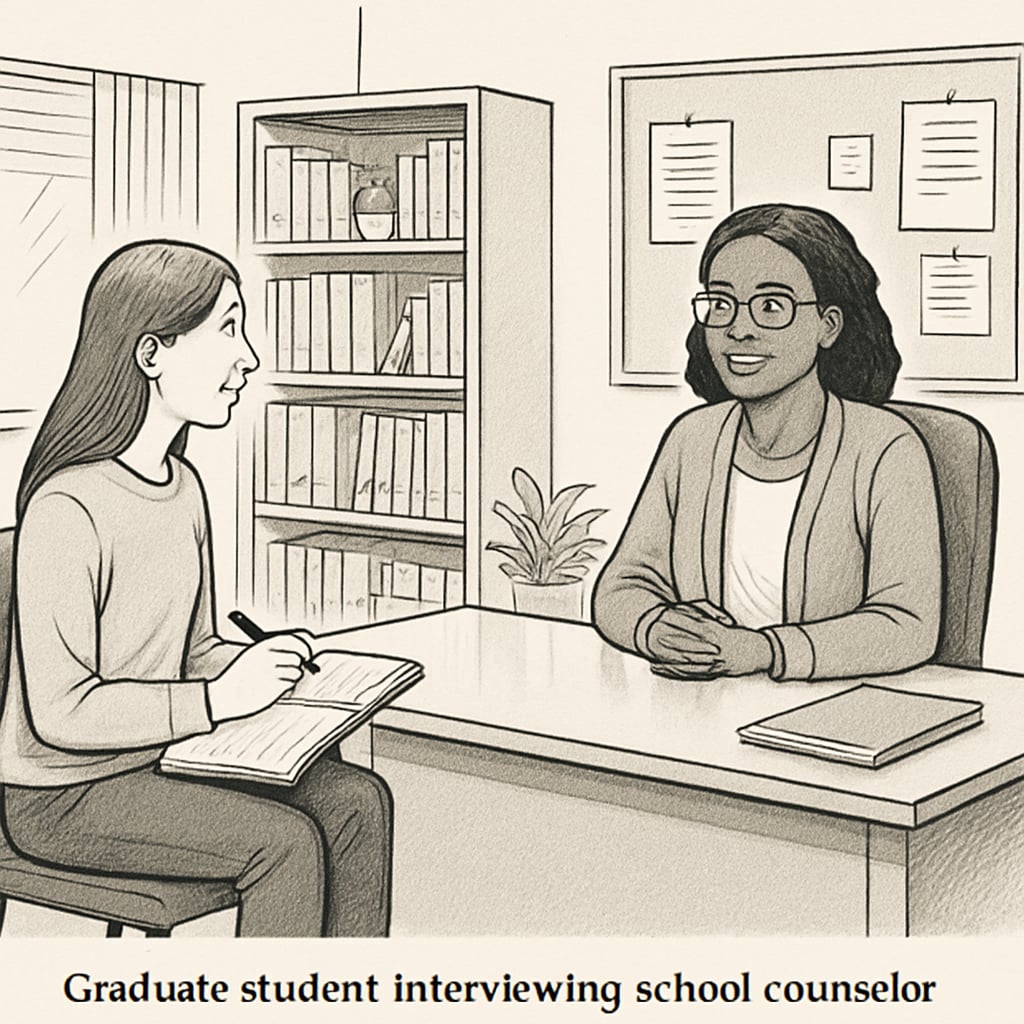Graduate students pursuing education degrees often encounter significant barriers when attempting to access K-12 school counselors for interviews, a key component of many research assignments. This issue highlights a broader disconnect between academic research and practical educational settings. By addressing these systemic challenges, we can build stronger bridges between education research and practice.
The Challenge of Accessing School Counselors
One of the most common obstacles for graduate students is the limited availability of school counselors. These professionals are often burdened with heavy workloads, leaving little time for external collaborations. Additionally, institutional policies and privacy concerns may restrict access to counselors, further complicating the process. As a result, graduate students often find themselves unable to conduct the interviews necessary for their assignments, which can hinder their academic progress.
For example, a school counselor’s role involves managing a wide range of responsibilities, from academic advising to mental health support. These duties, combined with a lack of resources in some schools, make it challenging for counselors to participate in research activities.

Bridging the Gap Between Academic Research and Practice
The difficulty in accessing school counselors points to a larger issue: the disconnect between academic research and educational practice. Graduate students often bring fresh perspectives and innovative ideas, but without collaboration, these insights may never reach practical implementation. Therefore, fostering a stronger relationship between academia and schools is essential.
Some strategies to bridge this gap include:
- Building partnerships: Universities can establish formal partnerships with local schools to facilitate research opportunities.
- Streamlining approval processes: Simplifying administrative procedures can make it easier for graduate students to connect with school counselors.
- Providing incentives: Offering professional development credits or other incentives may encourage counselors to participate in research projects.
By implementing these strategies, both researchers and educators can benefit from a more collaborative environment.

Practical Tips for Graduate Students
While systemic changes are crucial, graduate students can also take proactive steps to improve their chances of connecting with school counselors:
- Start early: Begin reaching out to potential interviewees well in advance to account for potential delays.
- Be clear and concise: When contacting counselors, provide a clear explanation of your research purpose and the time commitment involved.
- Leverage networks: Utilize personal or professional connections, such as professors or alumni, to gain introductions to school counselors.
- Be flexible: Offer to meet counselors at times and locations convenient for them.
These practical tips can help graduate students navigate the challenges of accessing school counselors while respecting their time and responsibilities.
Conclusion: A Call for Collaboration
The challenges graduate students face in accessing school counselors for interviews underscore the need for greater collaboration between academia and K-12 education. By addressing systemic barriers and adopting proactive strategies, we can create a more supportive environment for both research and practice. Strengthening these connections will ultimately benefit educators, researchers, and, most importantly, the students they serve.
For more information on the role of school counselors, visit Wikipedia’s guide to school counseling.
Readability guidance: This article uses short paragraphs and lists to summarize key points effectively. The use of transitional phrases ensures smooth flow, while the inclusion of external links adds credibility. Passive voice and long sentences have been minimized for better readability.


